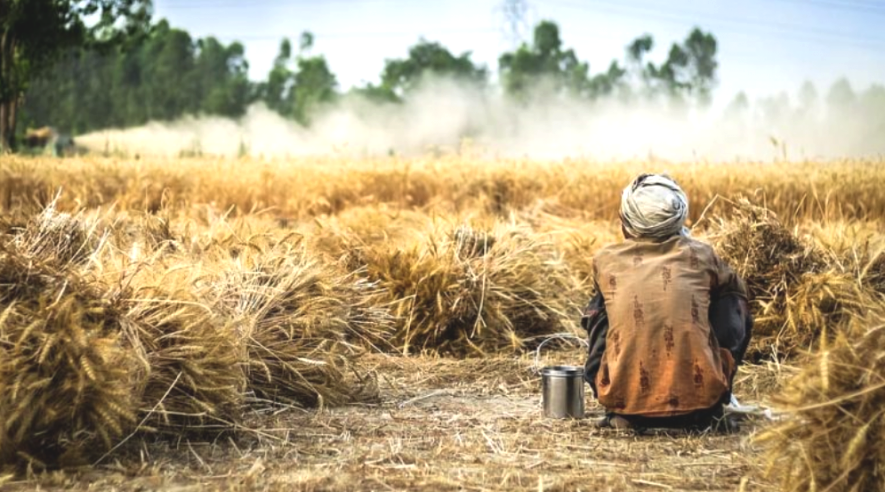Agrarian Crisis Issue Again
- Suyash Padate
- Oct 21, 2024
- 2 min read

Yet, another story of the government’s apathy towards the agrarian community. Burdened by the debt and unable to come out of this precarious situation, many farmers in the state turn to suicide. They took this extreme step saying that no option was left before them.
With a view to reduce the number of farmer suicides in Maharashtra, the state government finally took the decision to implement Direct Benefit Transfer (DBT) scheme of Rs 150 per beneficiary per month instead of foodgrains, from January, 2023 to all APL (Above Poverty Line) saffron cardholder farmers of drought prone 14 districts which includes all the districts of Aurangabad and Amravati divisions and Wardha in Nagpur division.
After the brainstorming sessions, the GR about this was issued on February 28, 2023. As per the increase in minimum support price every year, according to the provisions of the Cash Transfer of Food Subsidy Rules, 2015 notified by the Central Government, the revised incremental cash amount was to be directly transferred to the beneficiary every year. According to the provisions mentioned in to the G.R., a total amount of Rs 179.87 crore has been made available to the concerned districts for the period of January 2023 to March 2023 and amount of 168.75 crore has been made available for the period of April 2023 to June 2023.
Accordingly, the process of depositing the cash amount in the beneficiary’s bank account started. Though there were some glitches it started smoothly. But very shortly the government started receiving complaints about the non-payment. The farmers became furious and took the issue to the streets. However, protests and agitation fell on deaf ears of the government.
Significantly, the bureaucracy was prompt to show a number of excuses for non-payment. According to them spelling errors in Aadhaar details, incorrect seeding of citizen’s Aadhaar and bank account, pending KYC and frozen or blocked bank accounts, network failures, biometric authentication failures, point-of-sale (PoS) device malfunctioning are some of the prominent reasons for payment failures in DBT. Sad part of the story is the government accepted the explanation tendered by officials.
Amid an erratic weather pattern, cases of farmer suicides in Maharashtra continued even this year. The state alone reported around 557 such incidents in the last six months. The government has so far provided assistance to 53 families, while 284 cases are pending for investigation. Most of the farmer suicides have been reported from the Amravati division of Maharashtra. Suicides have been reported in five districts - Akola, Buldhana, Washim, Yavatmal, Amravati from January to June this year. Amravati district tops the chart with 170 suicide cases.
The DBT scheme failed and the government decision to scrap the scheme has only added to their woos.





Comments